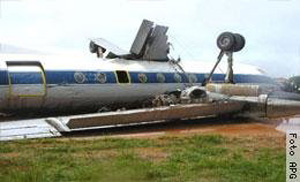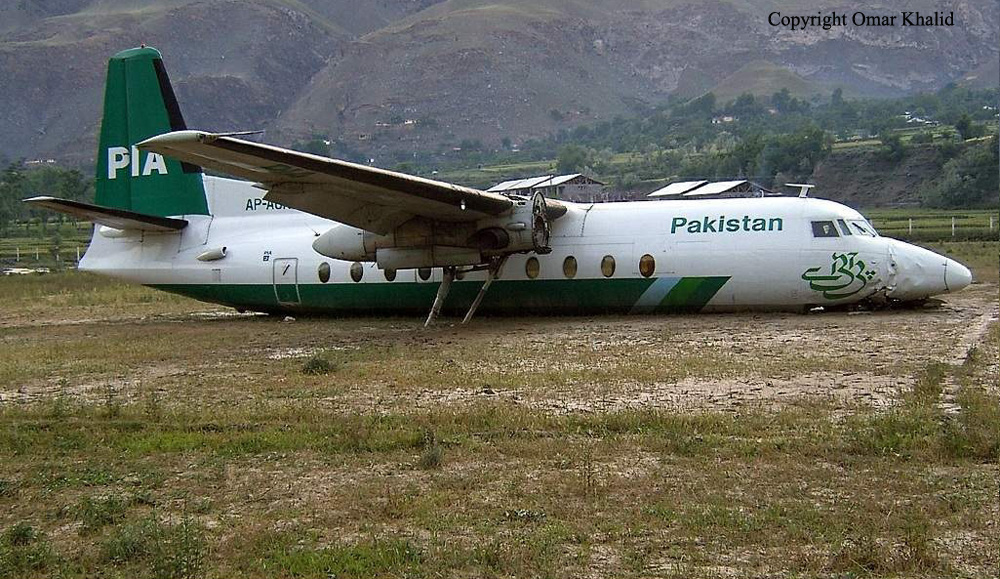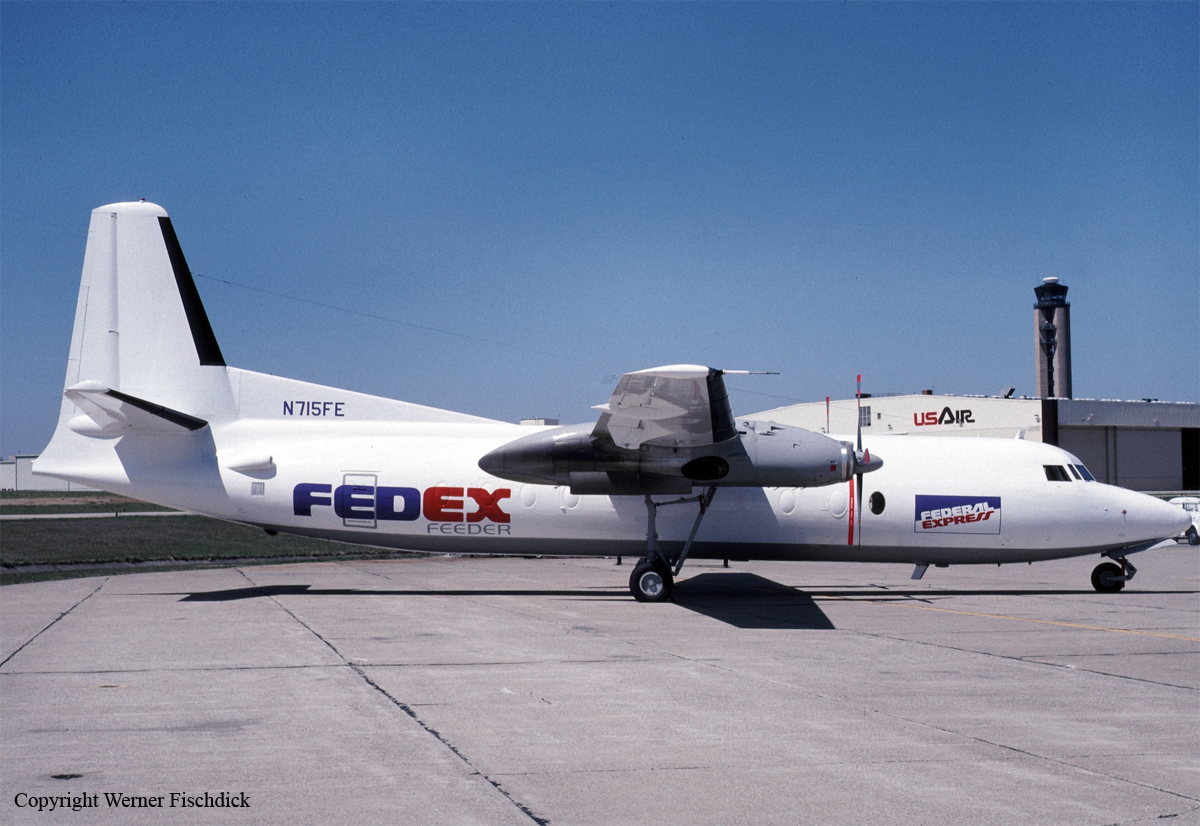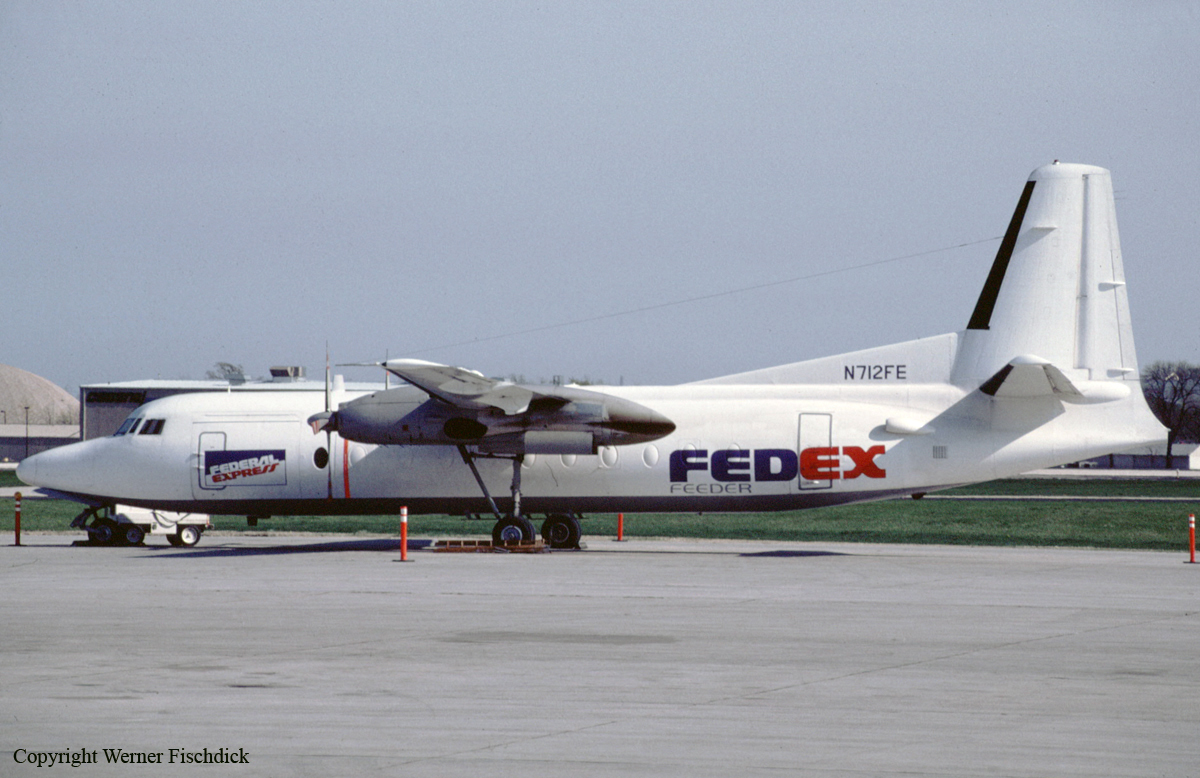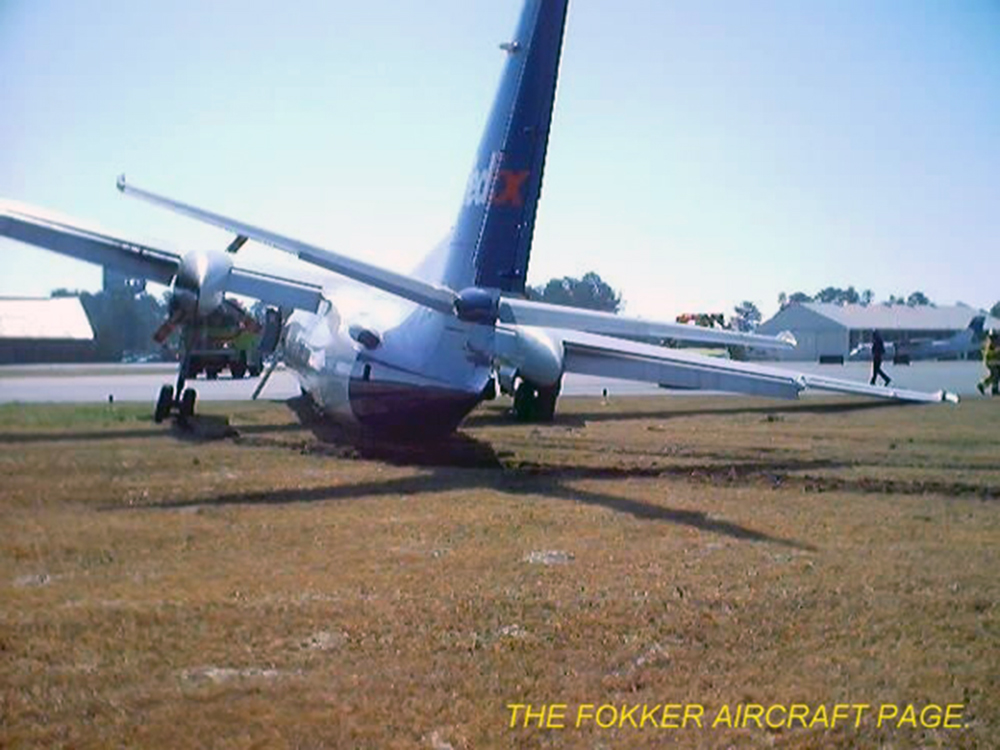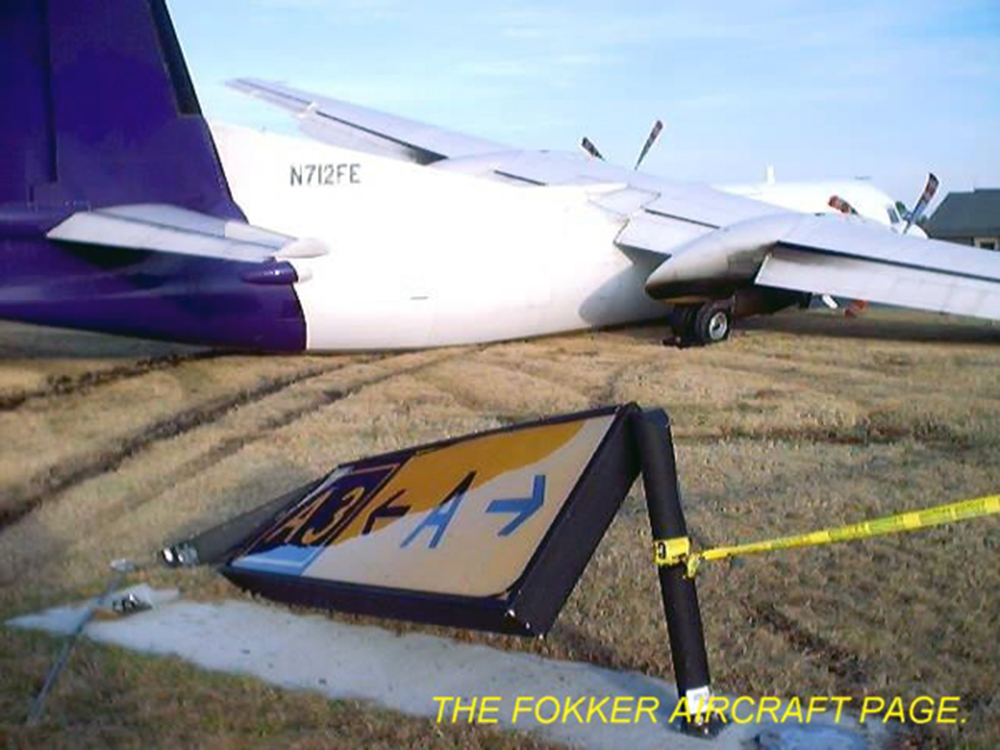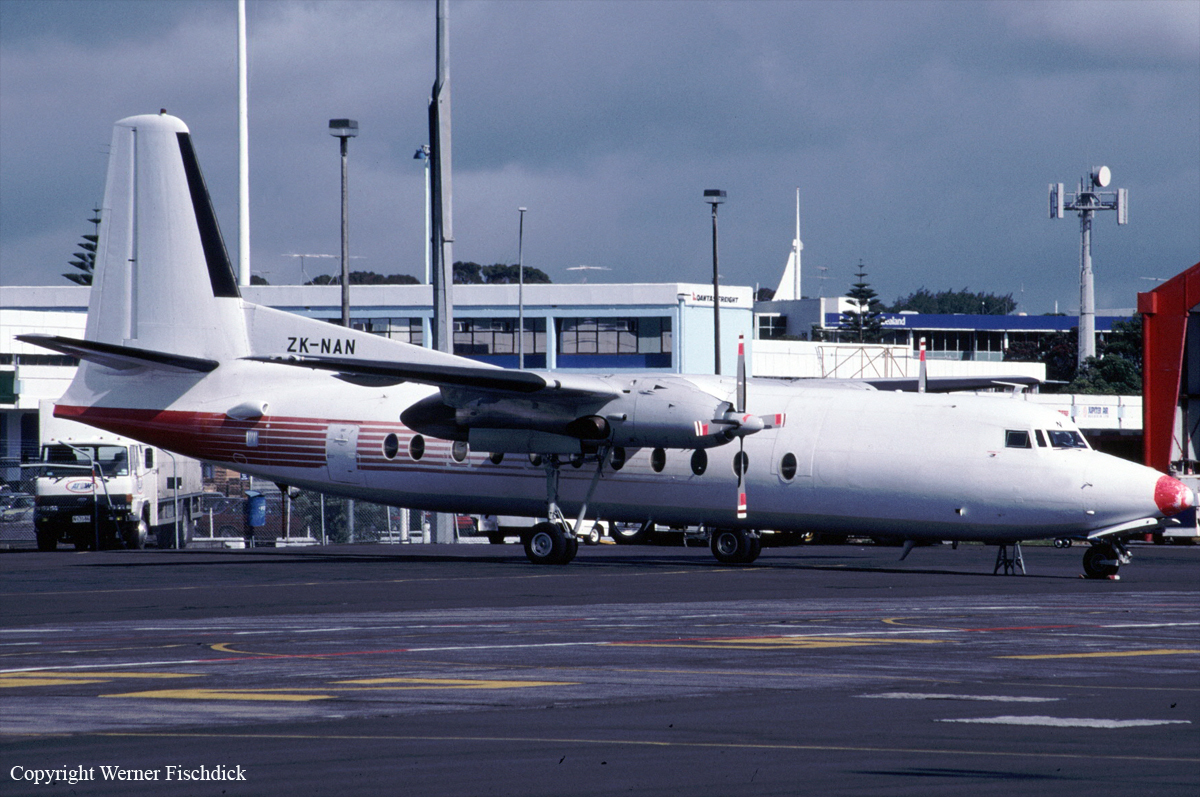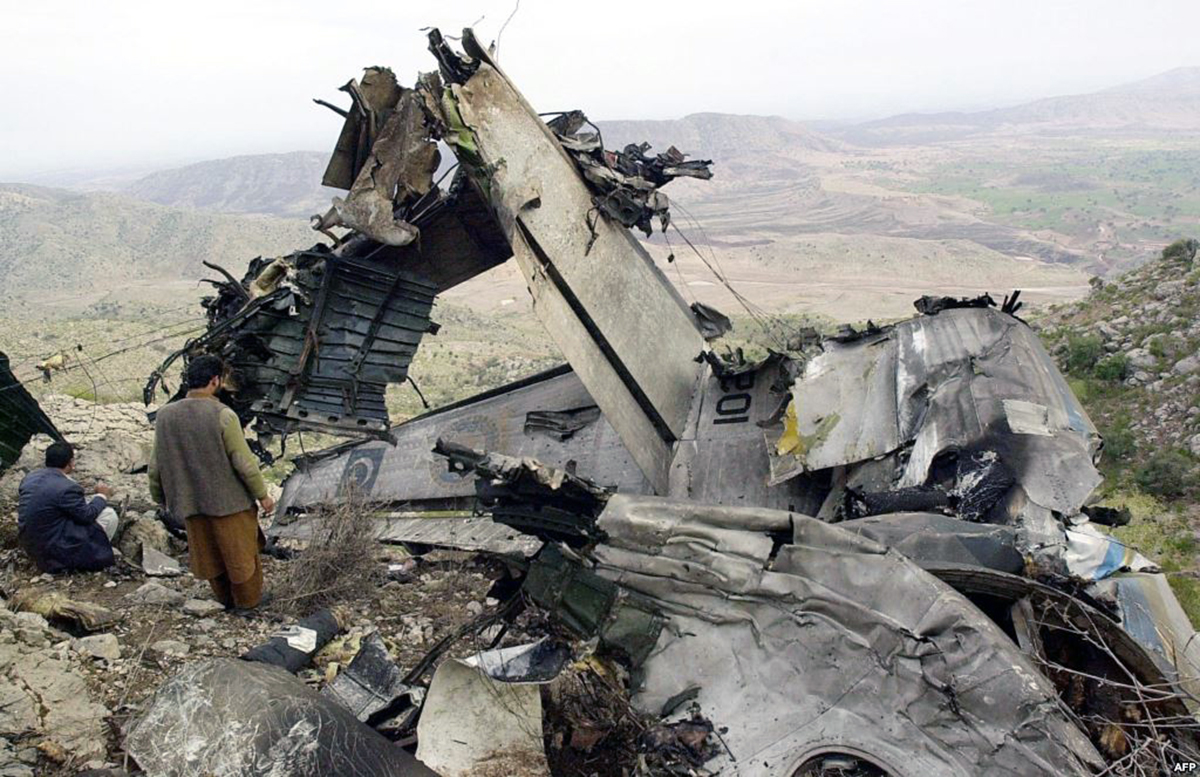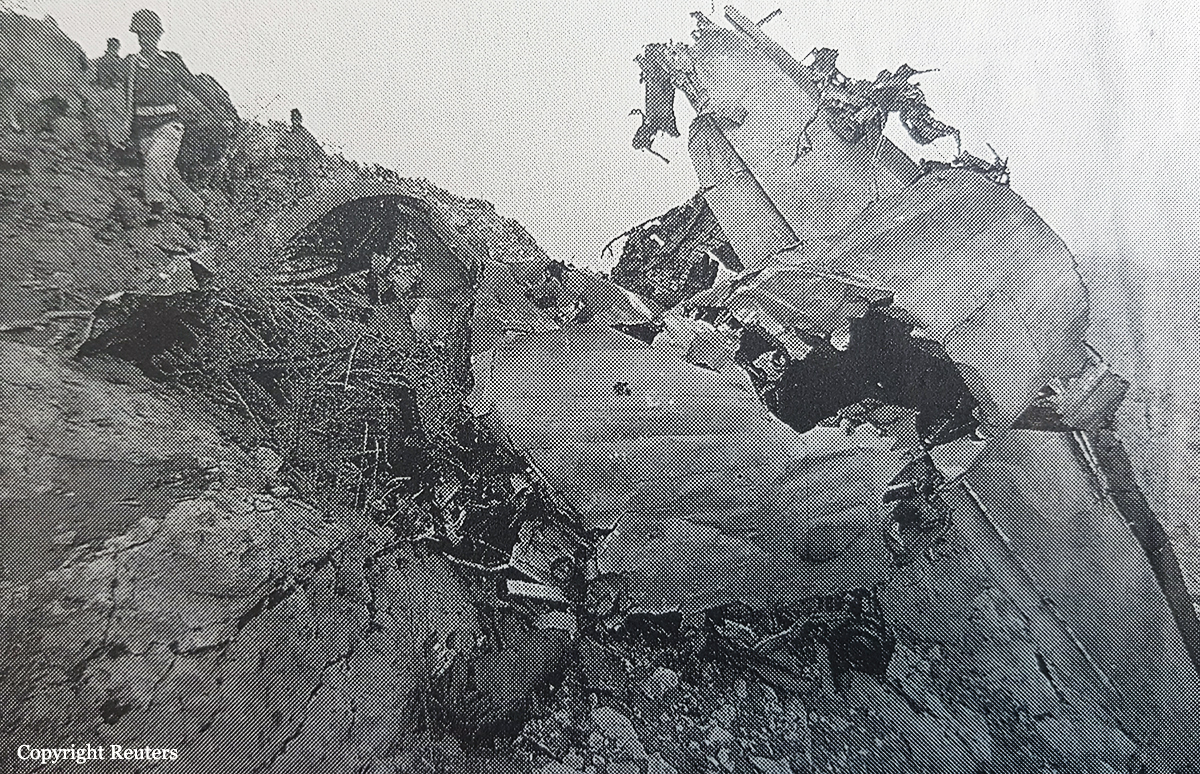Crash of a Fokker F27 Friendship 400M in Guayaramerín: 1 killed
Date & Time:
Apr 16, 2006 at 1137 LT
Registration:
FAB-91
Survivors:
Yes
Schedule:
Riberalta – Guayaramerín
MSN:
10580
YOM:
1978
Crew on board:
4
Crew fatalities:
Pax on board:
27
Pax fatalities:
Other fatalities:
Total fatalities:
1
Circumstances:
The aircraft departed Riberalta-General Buech Airport at 1123LT on a flight to Guayaramerín, carrying 27 passengers and a crew of four, among them two children and one baby. Few minutes after takeoff, the crew was informed about the deterioration of the weather conditions at destination with limited visibility due to heavy rain falls. After landing and a course of about 300 metres, the airplane skidded on a wet runway. It went out of control, veered off runway, lost its both wings and came to rest. All 31 occupants were rescued but an 80 years old men died few hours later from a heart attack.

